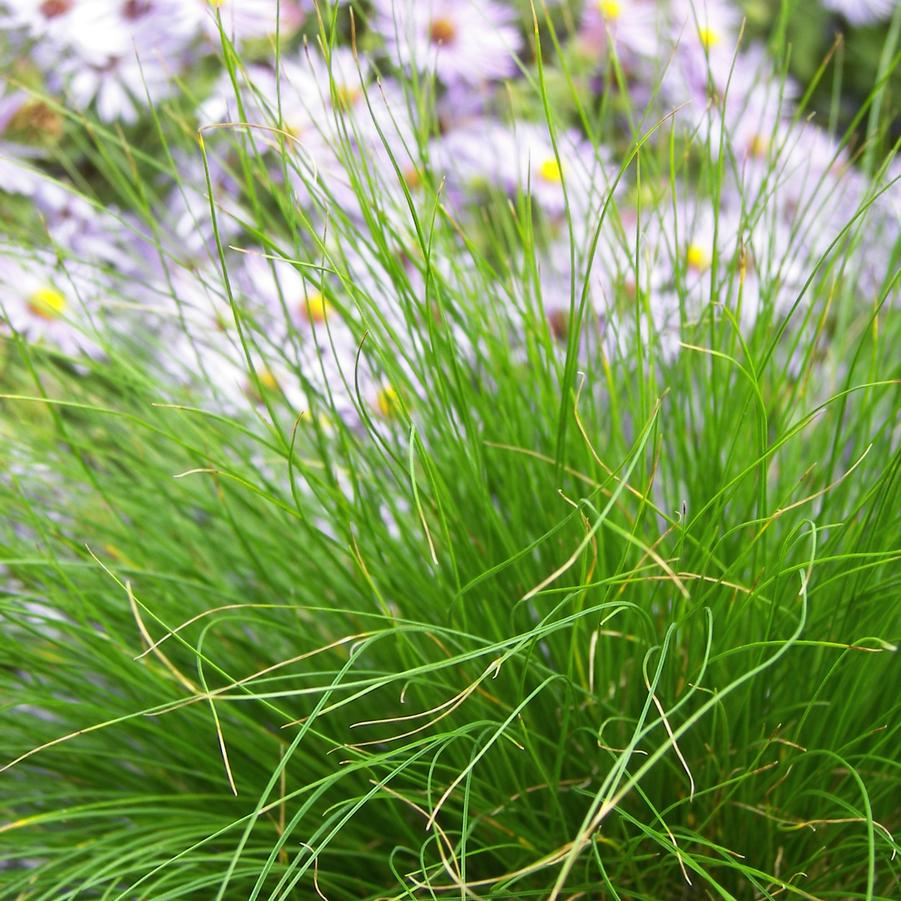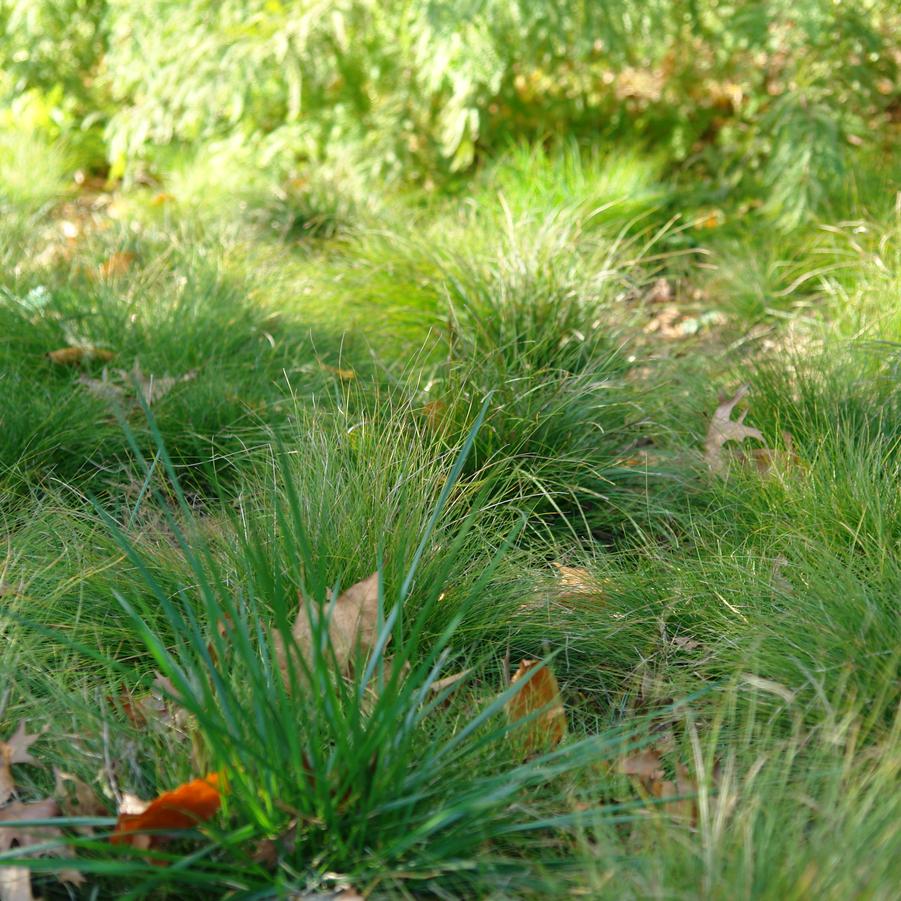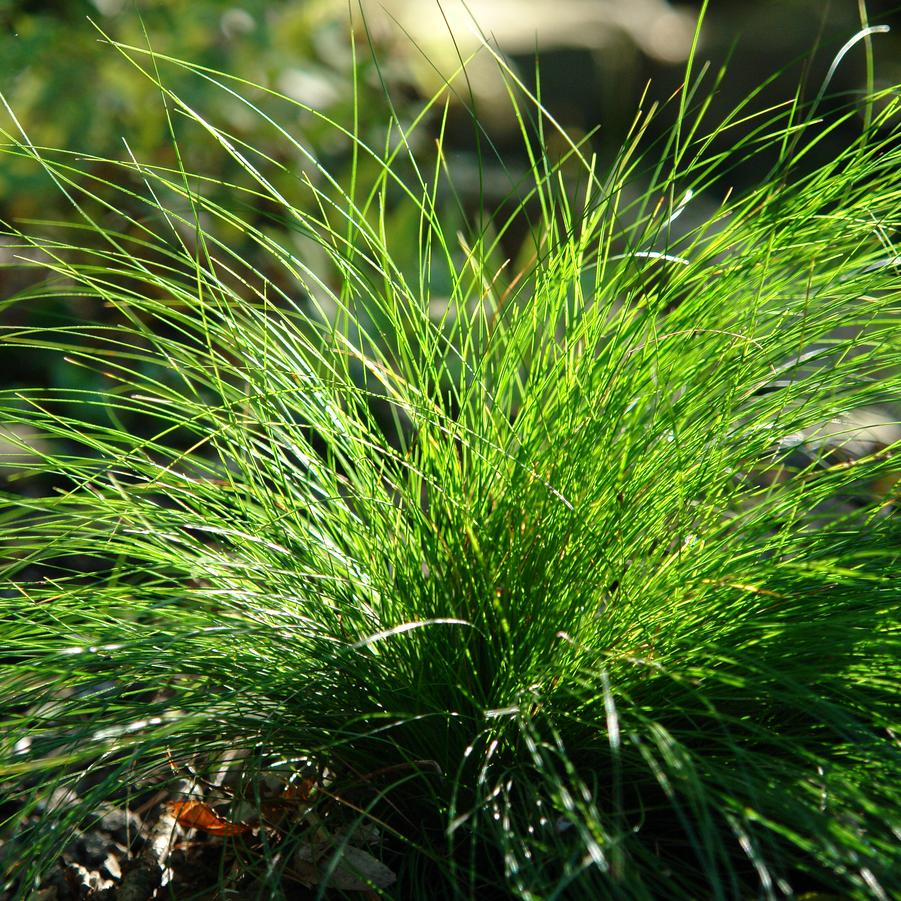





Plant Calculator
Enter the approximate length and width of the area you will be planting and click 'Calculate' to determine how many Carex eburnea you will need.
Correct and successful spacing is complex and depends on project conditions. We encourage you to call us at 877-ECO-PLUG for project specific recommendations and further assistance.
Carex eburnea
bristleleaf sedge
- Category: Grass, Carex, Native
- Hardiness Zone: 2-8
- Height: 6-8 Inches
- Spread: 6-8 Inches
- Spacing: 10 Inches
- Bloom Color: Green
A wonderful naturalizer, Carex eburnea is the ideal native groundcover for the woodland or rock garden. Petite colonies of 6-8 inch long soft, thread-like foliage takes on a spherical shape as inconspicuous whitish-green flower spikes appear in early spring.
Click here to download technical information for growers:
Soil Moisture Needs
| • | Average |
Wetland Indicator Status
| • | Falcutative Upland (FACU) |
Plug Type
| • | Landscape Plug™ |
Season of Interest (Flowering)
| • | Early Spring |
Propagation Type
| • | Tissue culture |
Grass Type
| • | Cool Season |
Additional Information about Carex eburnea
A wonderful naturalizer, Carex eburnea is the ideal native groundcover for the woodland or rock garden. Petite colonies of 6-8 inch long soft, thread-like foliage takes on a spherical shape as inconspicuous whitish-green flower spikes appear in early spring.
Native to the US, running from Canada to the southeast near Georgia, this sedge grows in conifer or mixed forests and limestone outcroppings and glades. It is known to grow in drier, sandy soils, and is great for dry areas that are damp in spring, especially beneath cedars. Bristleleaf sedge prefers more alkaline soils in part-shade to shade.
Slowly forming a mass in our woodland garden, Carex eburnea can form colonies by stolons running in loose, friable soil. The fine texture of the foliage creates a soft effect in the garden that is enjoyable in contrast to bolder foliage such as Stylophorum diphyllum or Athyrium.
